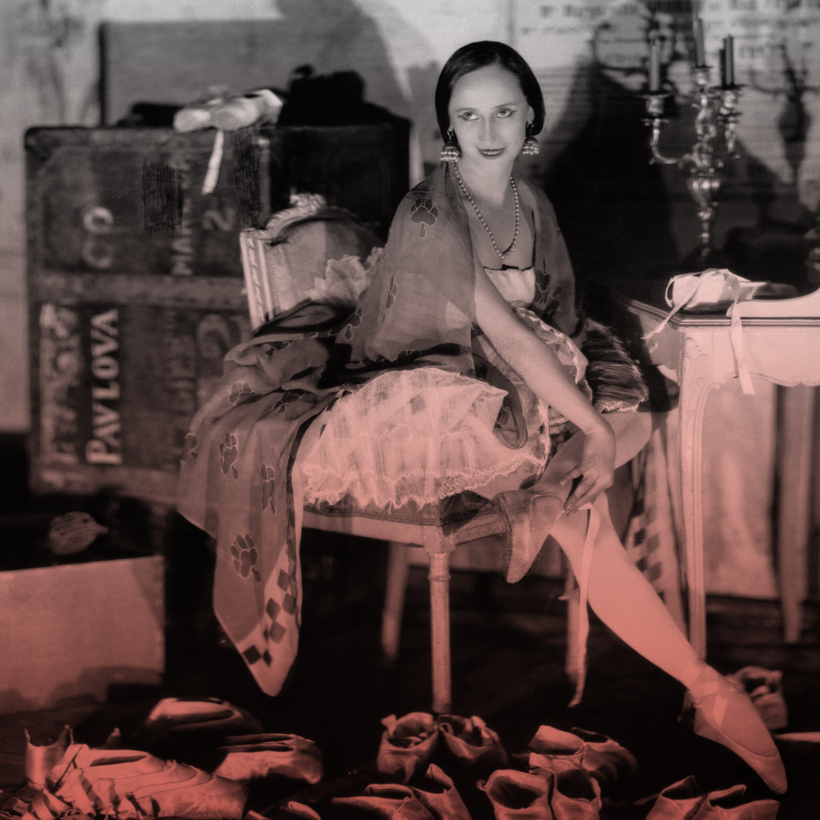Who could think of Paris, that beacon of beauty and culture, as a place of exile? Yet a century ago, the City of Light was the City of Flight for thousands of Russians, an escape from the horrors of revolution, persecution, and execution in their homeland.
In After the Romanovs: Russian Exiles in Paris from the Belle Époque Through Revolution and War, Helen Rappaport examines the lives of Russian refugees in Paris between the wars. The book opens in the mid-19th century, when wealthy aristocrats and gifted artists first started bringing their money and talent from Russia to Belle Époque Paris for freedoms unknown at home.

The Russian nobility were spectacularly rich, and Paris was the perfect place to dip into their bottomless purses. Romanovs, descendants of the imperial house of Russia until the revolution in 1917, were regular patrons at the Ritz, Cartier, Boucheron, Charles Worth, and Chaumet. Visits to more intimate nightclubs and bordellos were so commonplace that the term la tournée des grands ducs became an enduring catchphrase, recalling itineraries of debauchery through nighttime Paris.
Artists brought contemporary Russian genius to a Paris that knew little of Russian art beyond icons and balalaikas. Sergey Diaghilev’s Ballets Russes introduced Stravinsky, Nijinsky, Fokine, Rimsky-Korsakov, and Chaliapin to thrilled Parisian audiences. They swept French music and dance into the 20th century. Russian painters and sculptors, meanwhile, came to Paris in search of the modernism that was flowering freely in Montparnasse. Many, such as Marc Chagall, were Jews fleeing oppression in czarist Russia. He said, “My art needed Paris like a tree needs water.”
Changing Tides
As World War I destroyed France’s Belle Époque, the Bolshevik Revolution shattered Russia, driving a terrified exodus before it. Dozens of Romanovs escaped to Paris during this time, often fleeing the outright butchery of their families. Survivors of the White Army of volunteer counter-revolutionaries defeated by the Bolshevik government’s Red Army fled with them, alongside masses of ordinary citizens.

Rappaport’s account of this escape in 1920 of thousands in overcrowded, listing ships from Crimea to Constantinople and onward is vivid and harrowing. By 1930, more than 40,000 Russian refugees would settle in Paris, many for a life always just a sou away from starvation.
The squalor most Russian exiles, including writers, poets, and intellectuals, faced upon their arrival was head-spinning. Rappaport describes Romanovs milking cows and imperial admirals and generals washing dishes or upholstering furniture. An entire company of Cossack soldiers kept their unit together as porters and freight handlers at the Gare de l’Est.
Factories and mines swelled with Russian laborers. Thousands of others, often physically debilitated by trauma and privation, could only find work sweeping streets or digging graves. The Russian People’s University, founded in 1921, offered technical courses on a shoestring budget.

Many émigrés developed newfound careers as chauffeurs and taxi drivers—taxis in early-20th-century Paris were in high demand, as few Parisians owned cars, and many Russians, especially ex-soldiers, knew how to drive. Driving a Parisian cab became the top aspiration for a multitude of refugee men.
Schooled at home in the feminine arts, highborn ladies instead channeled their sewing expertise. Exquisite handwork became their livelihood, often supporting entire households on small salaries, and several former noblewomen even opened couture houses of their own.
In the 1920s, about 6,000 Russian men were red Renault, blue Renault, or Citroën taxi drivers—working with usually two other partners—and about 3,000 refugee women were employed in the fashion trade.
As she narrates the broad story of displaced thousands over decades, Rappaport also illuminates individual lives: the madman Pavel Gorgulov, who assassinated the French president Paul Doumer in 1932; the penniless Romanov playboy Grand Duke Dmitri Pavlovich, whose conquests included Coco Chanel; the Russian Orthodox nun Mother Maria Skobtsova (née Elizaveta Pilenko), who fed and ministered to the destitute; and the writer Ivan Bunin, who won the Nobel Prize in Literature in 1933.
They become the faces of Russian exile.

Many refugees looked not to the future and assimilation but to the past, with an eye toward one day returning to their homeland. They longed for Mother Russia’s birches, her grasses. They even missed her winters.
They waited for the fall of the Soviet Union, but when they saw the West embrace it as a legitimate nation, then an ally, they were dismayed and angry. Some even enlisted in the German army to fight Stalin, their monster of choice.
This exiles’ tale ends in midcentury, as world war and Nazi occupation make life in Paris even harsher. The first generation of refugees gradually dies out, and the homeland they kept alive in their hearts dies with them. It is a sad story, and Helen Rappaport tells it well.

Robin Olson is a writer and painter. She lives in Vermont

